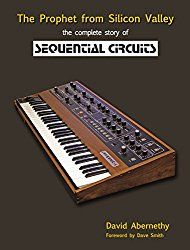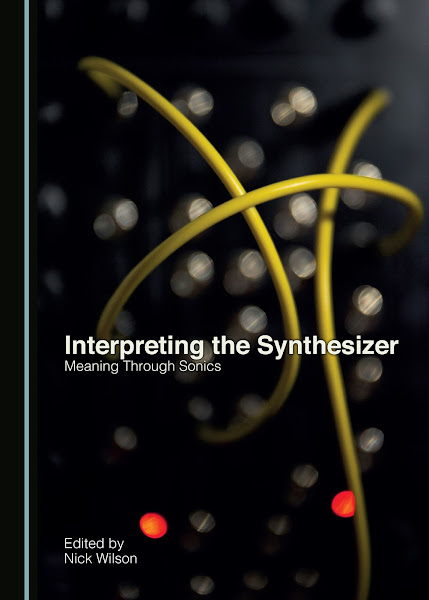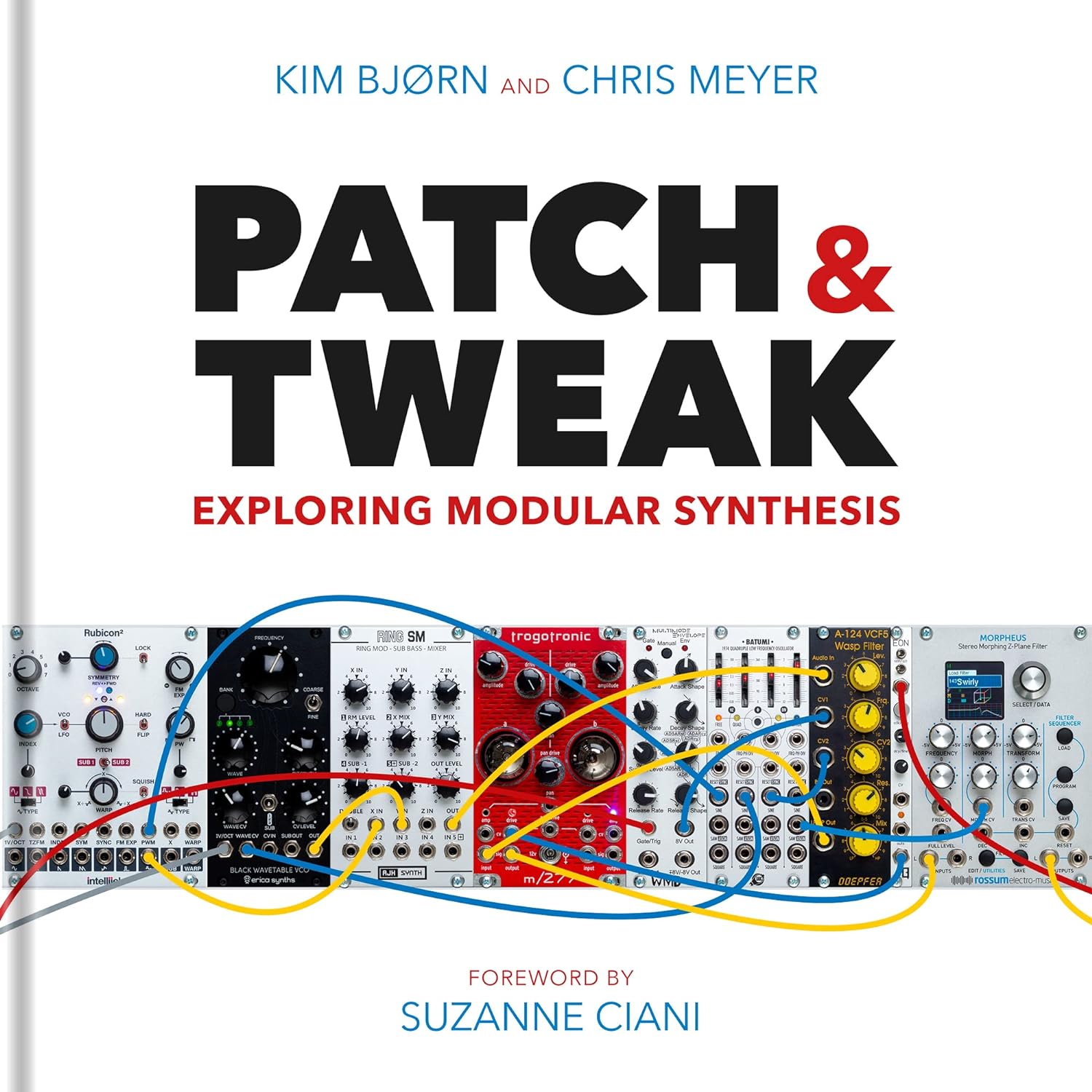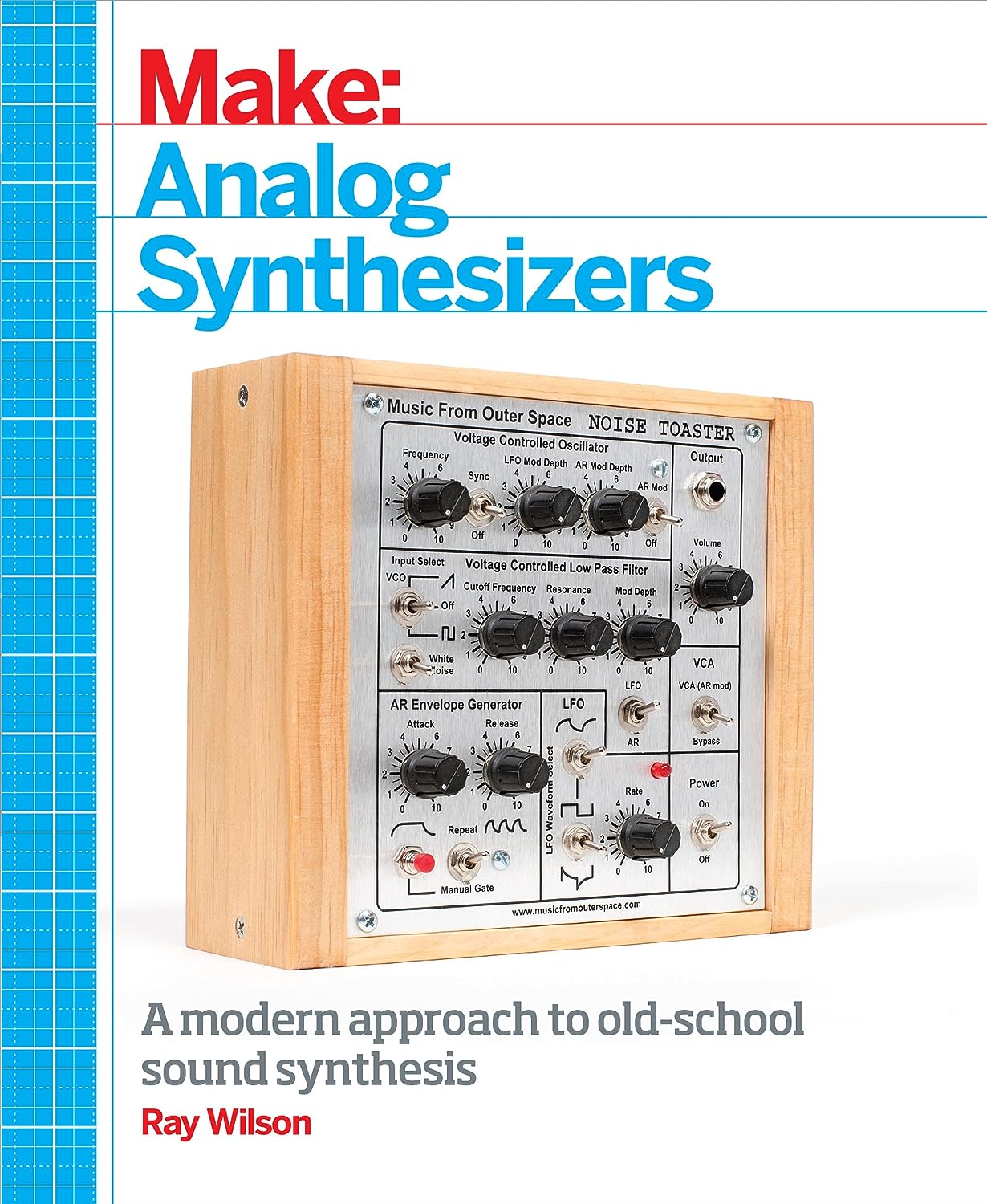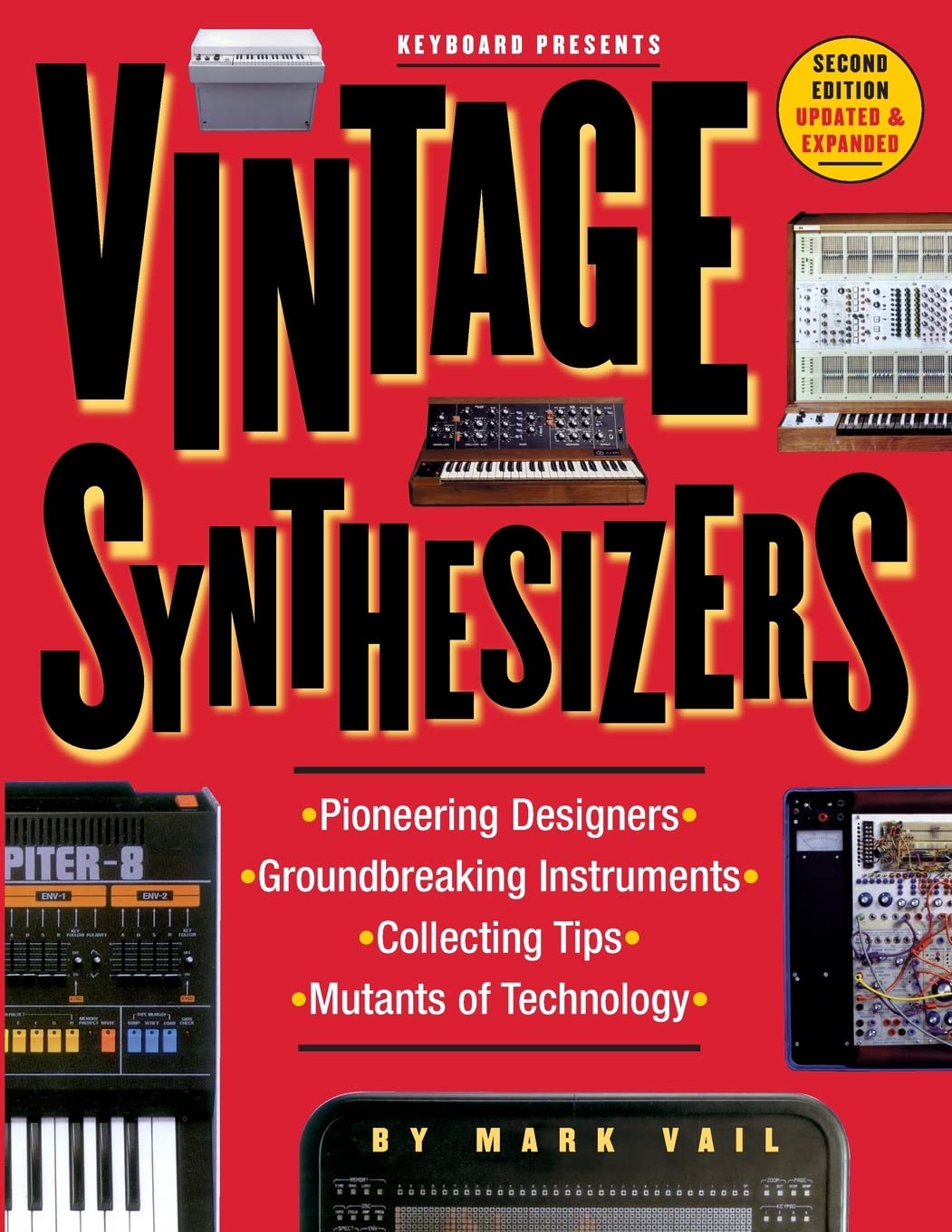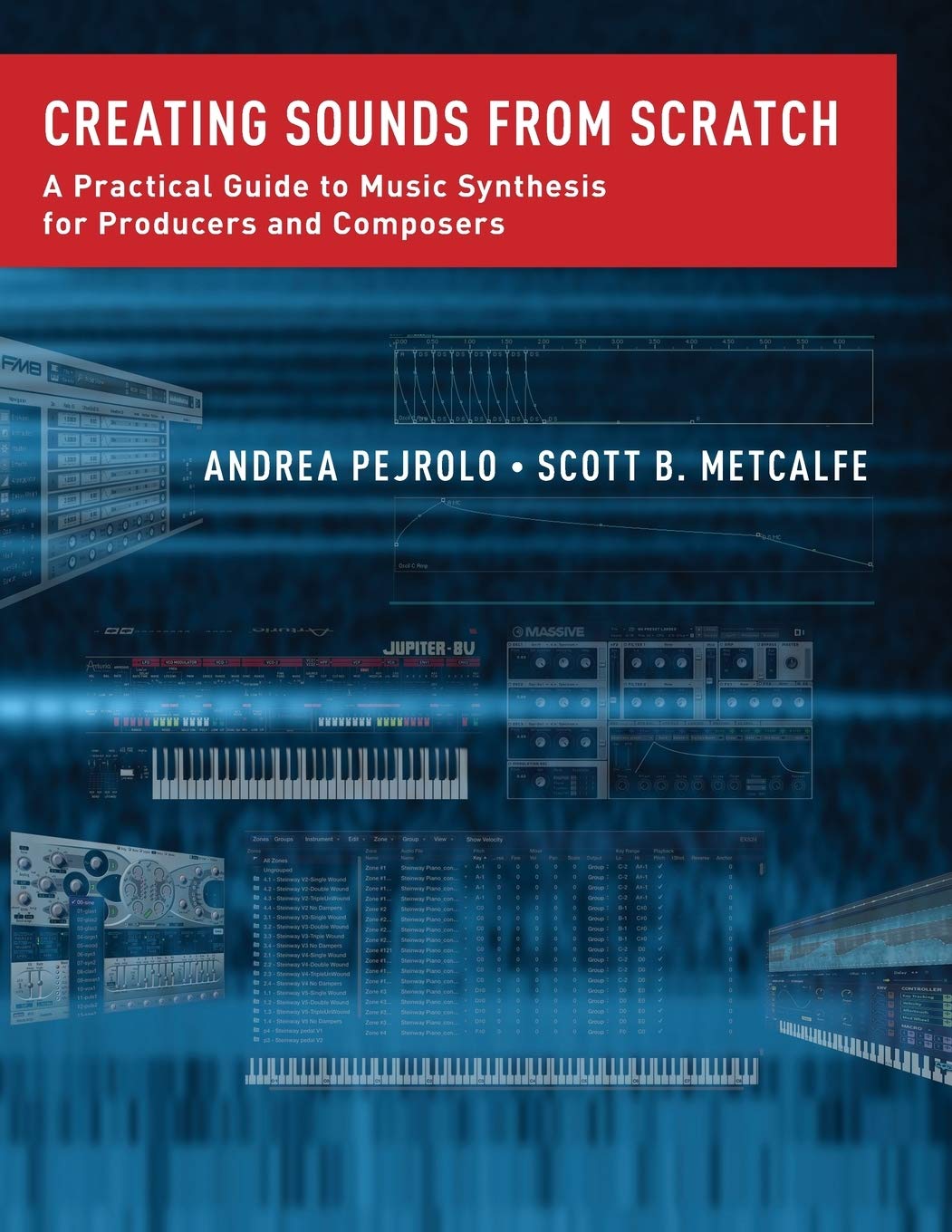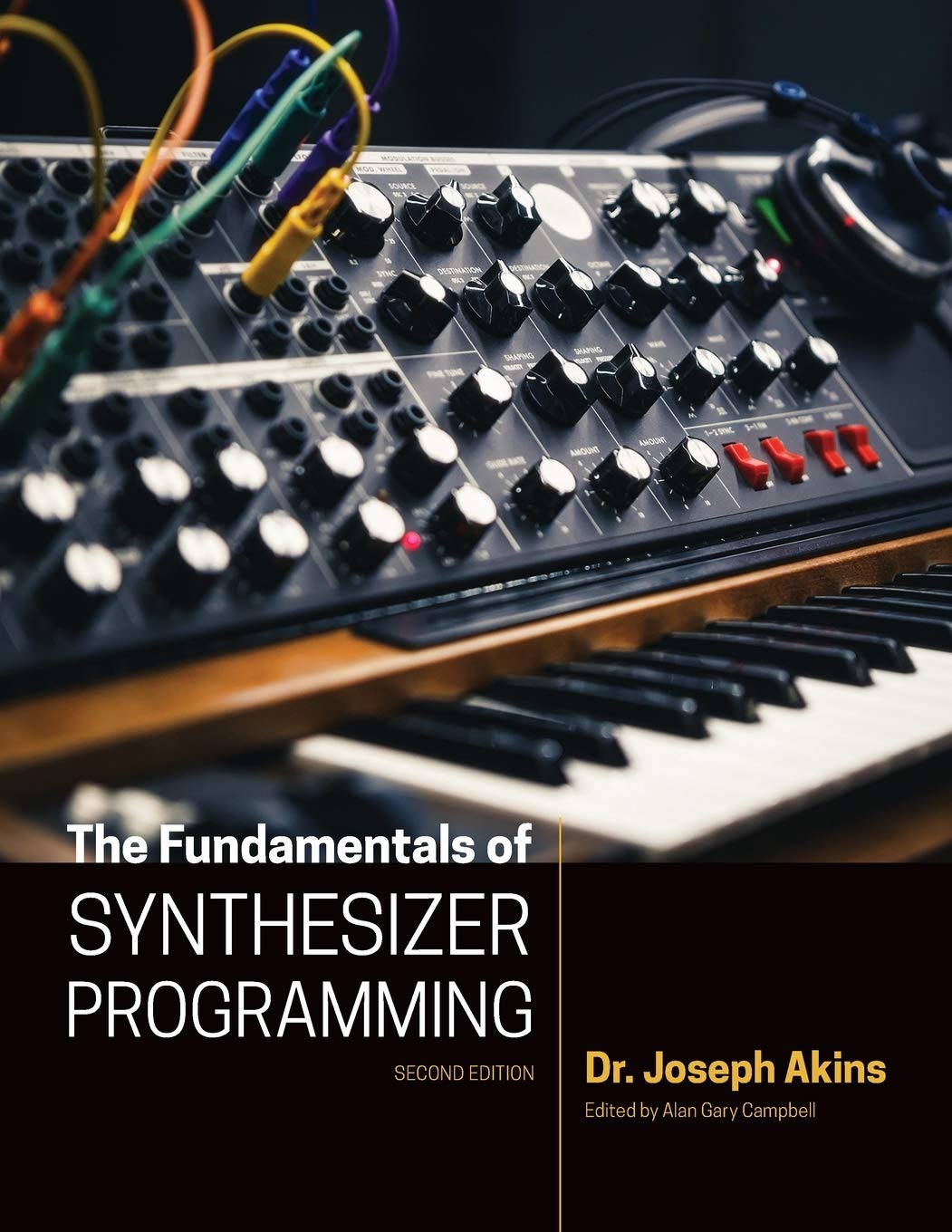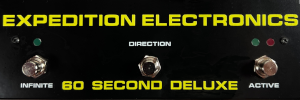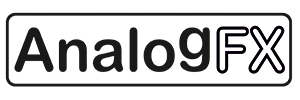Update1: Soviet Space Child noticed the Instrument section under the main display has the additional numbers found on later models of the Q. This might actually be a later prototype panel that matches the original color concept. Soviet Space Child noted: "The Q was originally designed as a 4 part multitimbral synthesizer, and later expanded to 16 parts multi via an OS update. This explains why the FX unit is only 4 part multi, as the hardware architecture ran off of 3 DSP's, two for 8 voices of polyphony each, and one dedicated to 4 FX parts. On the original Q models the 4 instrument buttons above the display were labeled 1-4, but later revisions had additional numbers to reflect the added multi parts, as seen in the prototype panel photos." It's also worth noting the original Wave came in different colors including Sahara yellow and Crimson Red. There was also a green Microwave. That backs up Waldorf wanting to go bold with the Q.
Update2: Swissdoc heard back from Waldorf's Frank Schneider and he stated this is the Jade panel. It makes sense as Jade is green and this panel is greenish in color. What's odd though is the render in the promo sheet appears white in color but is labeled as Jade. Also, according to swissdoc, the Q actually did come 16 multi-timbral to start: "The Q came from the start with 16 part multi, just the yellow case had only 4 labeled. See the changelog from here."
 Update3: it looks like the Q was 4 part multi prior to release according to this SOS preview for the Q (via Soviet Space Child): "In keeping with modern synth architectures, the Q promises 16-part multitimbrality and 16-part layers/splits that Waldorf call 'Multis', but neither of these is implemented in the current operating system" later followed by "Early reports suggested that the Q would include a dedicated drum section with the ability to emulate popular analogue machines such as the Roland TR808 and TR909. In recent weeks, Waldorf has shelved the idea in favour of expanding the multitimbrality of the instrument from 4-part to 16-part."
Update3: it looks like the Q was 4 part multi prior to release according to this SOS preview for the Q (via Soviet Space Child): "In keeping with modern synth architectures, the Q promises 16-part multitimbrality and 16-part layers/splits that Waldorf call 'Multis', but neither of these is implemented in the current operating system" later followed by "Early reports suggested that the Q would include a dedicated drum section with the ability to emulate popular analogue machines such as the Roland TR808 and TR909. In recent weeks, Waldorf has shelved the idea in favour of expanding the multitimbrality of the instrument from 4-part to 16-part." So the preview model sent to Sound on Sound was 4 Part multi, and they made it 16 for release. Update4: I remember now. The Q was released pre V1.0 and was updated later. I forget if it was 4 or 16 part multi on release. There was a bit of excitement about the Q, as you can imagine, on the various forums and email lists at the time. Sonic State's The Gas-Station was THE forum at the time and there was a Waldorf email list.
The original post:
swissdoc and I were exchanging emails about the recent Waldorf posts featuring the JADE Q, non-Nextel Pulse, and the manuals for the XT, and MicroWave. Some interesting bits of info came out of our exchange. You can find them in updates in those posts. Possibly even more interesting are the images you see here in this post. Swissdoc sent them my way with the following. What you are looking at is the original design
"I got the pics from a guy called pixeldealer in Summer 2014. He said it was the original Q-prototype in turquoise/silver color and the first design by Axel Hartmann. It was never released, the Q was released in yellow Nextel as we know. Axel Hartmann is telling the same story in an interview on Amazona.de (last section). He bougth the case (without electronics etc) from the production partner of Waldorf in Troisdorf. He was looking to sell the parts.
Axel said:
Die ersten Q wurden geboren, als der Markt für virtuell analoge Synthesizer noch durch Clavia mit ihren grellroten Nordsynthesizern beherrscht wurde. Wolfgang wollte daher ein stärkeres optisches Statement, als es unser bekanntes, dezentes Dunkelblau zulies. Wolfram (Franke) hatte dann die Idee mit dem schrillen Gelb, das wir in den finalen Layouts umgesetzt haben.
Unsere ersten Farbkonzepte für die Q Synthesizer gingen in eine völlig andere Richtung. Wir hatten in unseren Entwürfen ein dezentes, sehr helles, grünliches Grau in Kombination mit Aluminium und Nussbaum Anbauteilen visualisiert. Wie gesagt, das war den Waldorfern damals aber einfach nicht laut genug…
Deepl.com Translation:
The first Q were born when the market for virtual analog synthesizers was still dominated by Clavia with her bright red northern synthesizers. Wolfgang therefore wanted a stronger visual statement than our well-known, subtle dark blue. Wolfram (Franke) then had the idea with the shrill yellow, which we implemented in the final layouts.
Our first color concepts for the Q synthesizers went in a completely different direction. In our designs we had visualized a subtle, very bright greenish grey in combination with aluminium and walnut add-on parts. As I said, that simply wasn't loud enough for the Waldorfers back then..."































